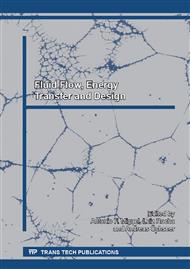p.162
p.171
p.179
p.189
p.216
p.226
p.232
p.245
p.261
Experiments on Inverse Method to Illumination by Optimization Technique IMIbyOPTIM with Fixed Light Source Power
Abstract:
The present work reports an experimental procedure designed to validate a particular solution for the distribution of artificial light sources in the sealing of an enclosure obtained by the inverse method IMIbyOPTIM. An illumination design assuming the free placement of purely diffuse light sources aims to generate a uniform illumination field on a work plane. A reduced scale enclosure is built to validate the method effectiveness, by comparing the experimental results to an illuminance target. An equally non-optimized light source distribution is placed on the enclosure and measurements confirm the hypothesis of distortion of the illumination field, already predicted by simulations. After the optimization of the light sources distribution, the measured illumination field becomes closer to the dimensionless unitary target, with a standard deviation of less than 0.021. This particular experiment verifies IMIbyOPTIM predictions and allows continuing the validation process of the method for a broad variety of design combinations.
Info:
Periodical:
Pages:
216-225
Citation:
Online since:
January 2014
Price:
Сopyright:
© 2014 Trans Tech Publications Ltd. All Rights Reserved
Share:
Citation:


